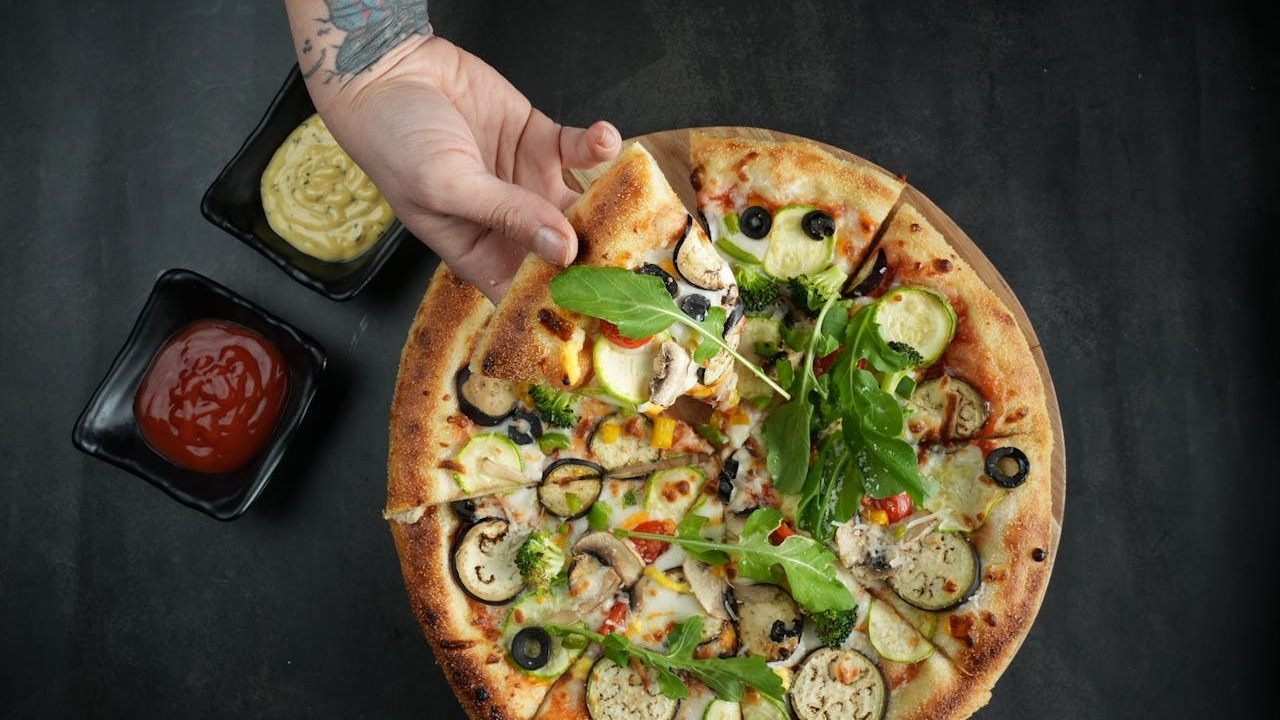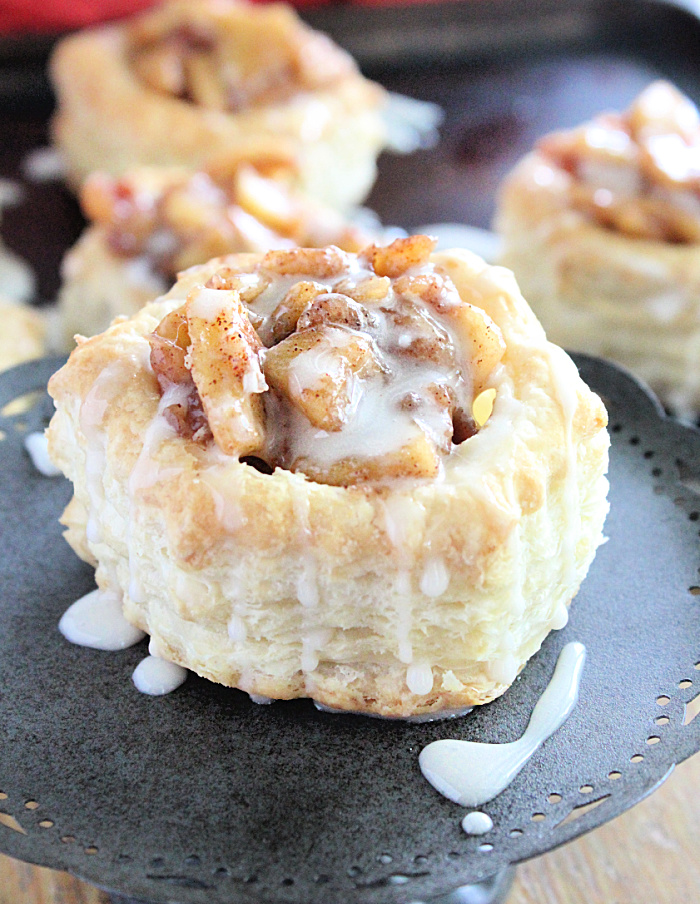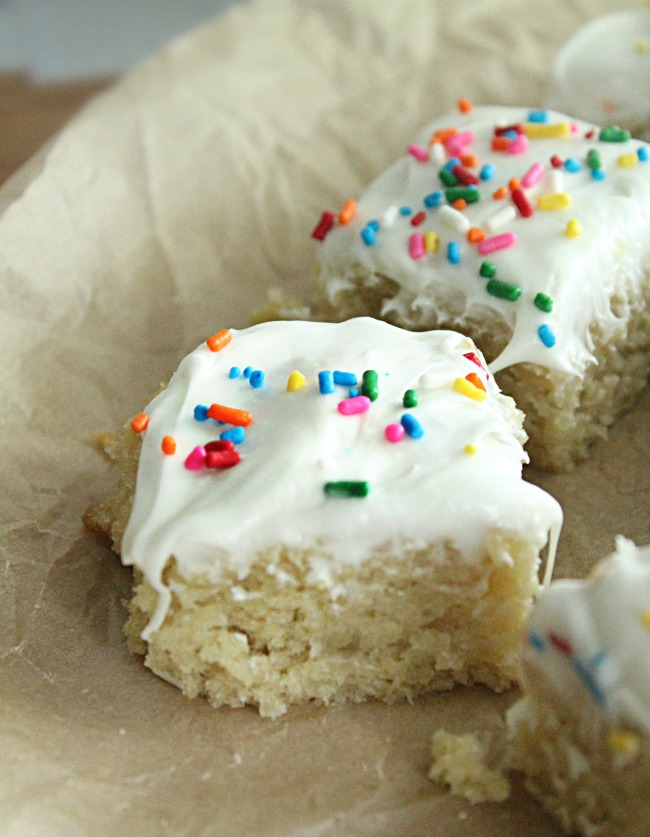14 Forgotten Breakfast Foods Americans Rarely Eat Anymore
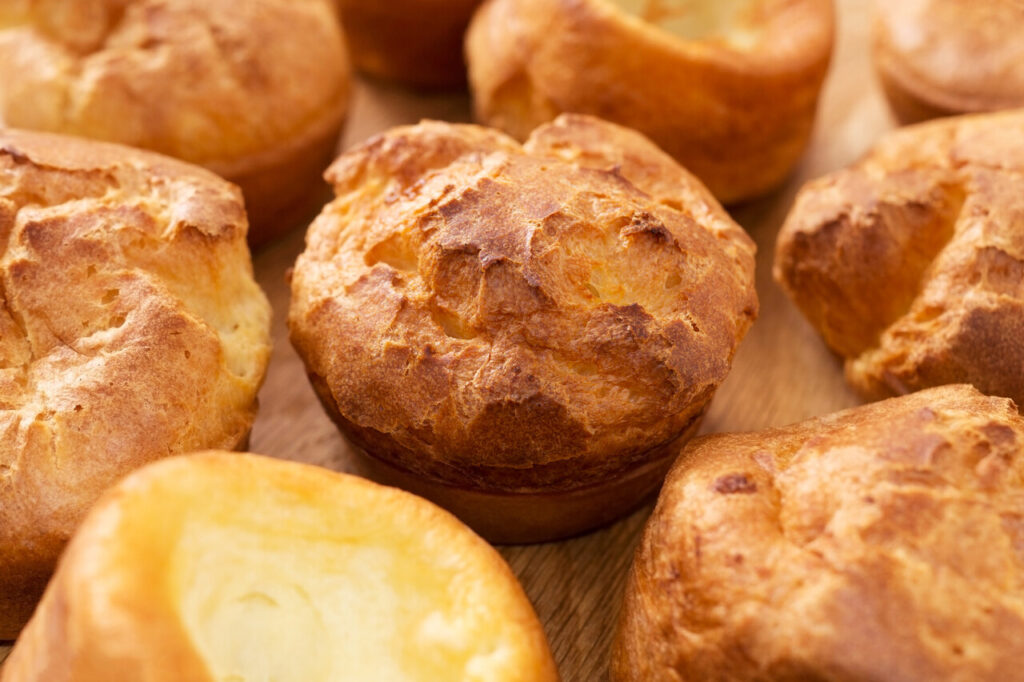
Breakfast used to be a meal full of hearty, simple dishes designed to fuel long days of work and family life. Over time, as tastes shifted and convenience became king, many beloved morning staples quietly disappeared from tables across America. These forgotten breakfasts aren’t just relics; they tell the story of changing times, culinary traditions, and regional flavors fading into memory. Here’s a look at the classic breakfasts you rarely see anymore but might just want to rediscover.
1. Creamed Chipped Beef on Toast
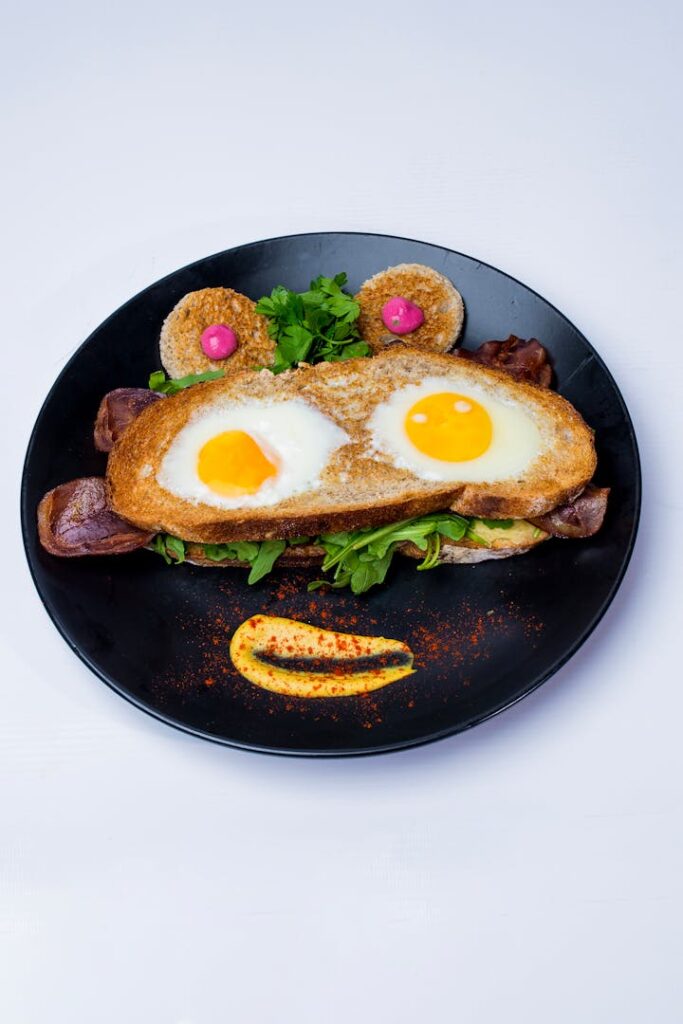
What started as a military ration turned into a breakfast staple across America. Creamed chipped beef on toast, often called SOS, was built for efficiency and sustenance. Dried beef was inexpensive, stored well, and when stretched in a milk-based gravy, it provided protein and richness on a budget. Served over toast, it filled bellies during tough economic times and wartime shortages. As diets shifted toward fresher ingredients and lighter meals, the dish became a relic of another era.
2. Grape-Nuts with Hot Milk
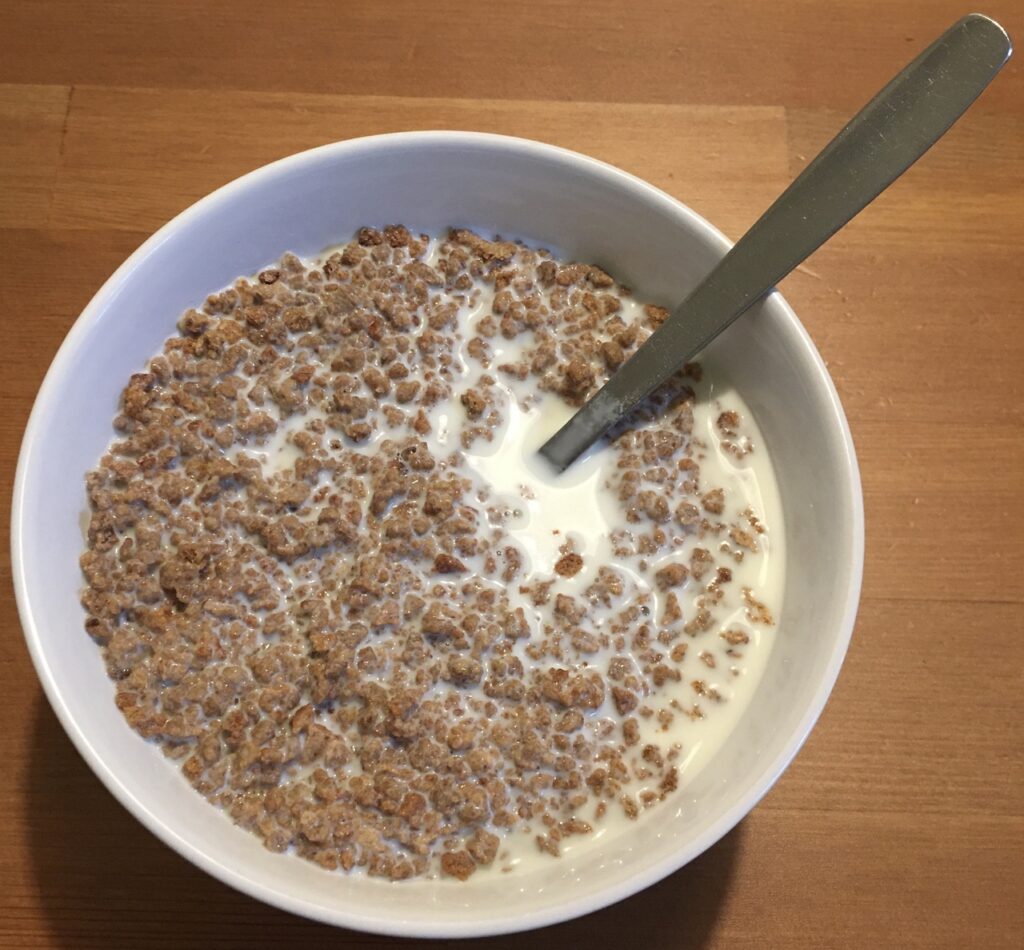
Before cereals were drowning in sugar and colorful mascots, Grape-Nuts offered a hearty, no-nonsense start to the day. Its dense, nutty crunch made it perfect for soaking in hot milk, transforming it into something warm, chewy, and deeply satisfying. This style of eating was more about nourishment than indulgence. As convenience became king, cold cereal with cold milk became the norm, leaving behind this slower, more old-fashioned approach to breakfast.
3. Fried Mush
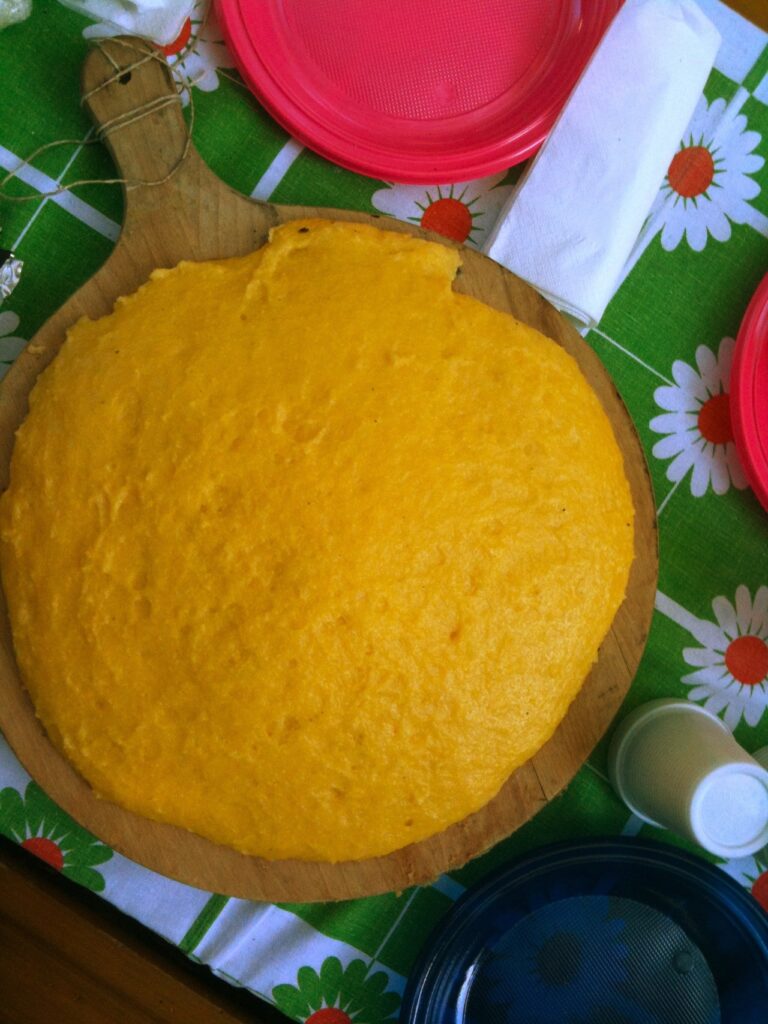
Cornmeal mush was the working family’s answer to a filling breakfast. Leftover mush was poured into a pan, cooled until firm, then sliced and fried until golden. Served with syrup or honey, it had a satisfying contrast of crispy edges and soft interiors. The practice made economic sense too, as it prevented waste and stretched ingredients. As instant cereals and pre-packaged breakfast foods gained popularity, the tradition of frying up cornmeal mush faded from most American tables.
4. Poached Eggs on Toast
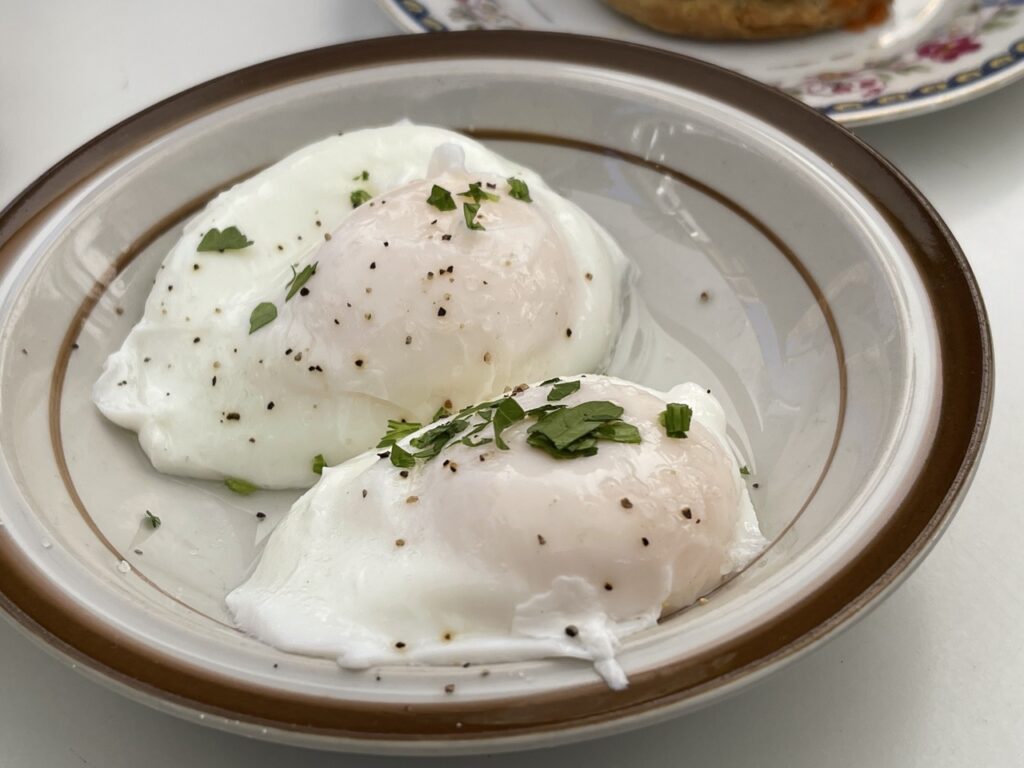
Poached eggs on toast once symbolized the kind of breakfast that balanced nutrition and simplicity. The technique of gently simmering eggs in water yielded delicate whites and creamy yolks, perfectly paired with buttered toast. It was a dish that required a bit of patience and care, something many households practiced before rushing mornings became the norm. Today, poached eggs are more likely found in brunch cafés alongside avocado rather than in everyday kitchens.
5. Codfish Cakes
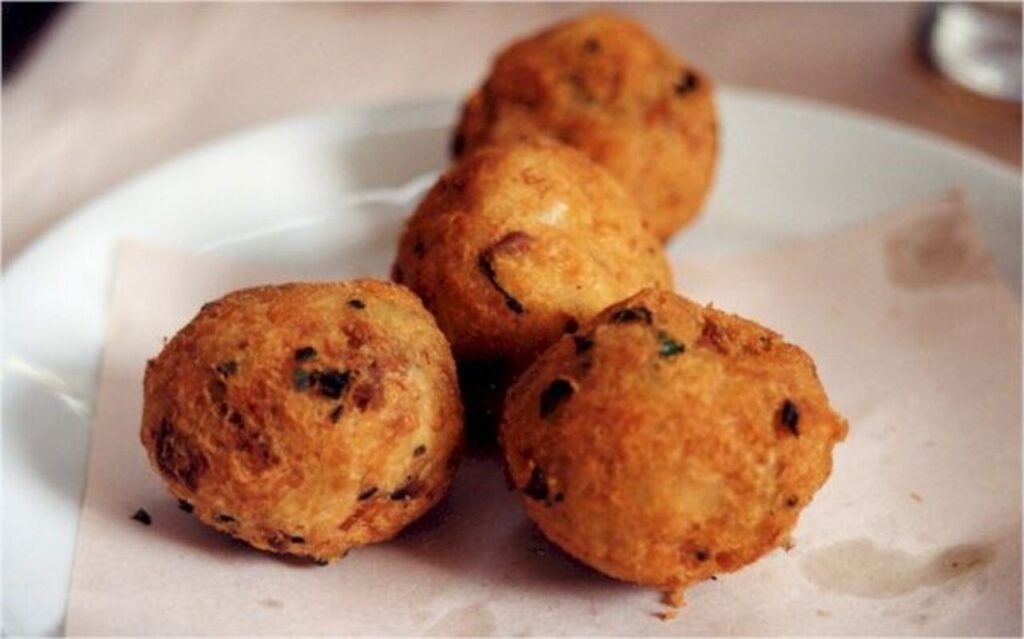
Salted cod and potatoes came together to create codfish cakes, a meal rooted in New England traditions. The use of salt cod harkened back to a time when preservation methods defined what people ate. Mixed with mashed potatoes and pan-fried, these cakes were inexpensive yet hearty, offering protein and comfort to coastal communities. Over time, changing palates and the decline in salted fish consumption pushed codfish cakes into obscurity, now surviving mostly as a regional curiosity.
6. Farina
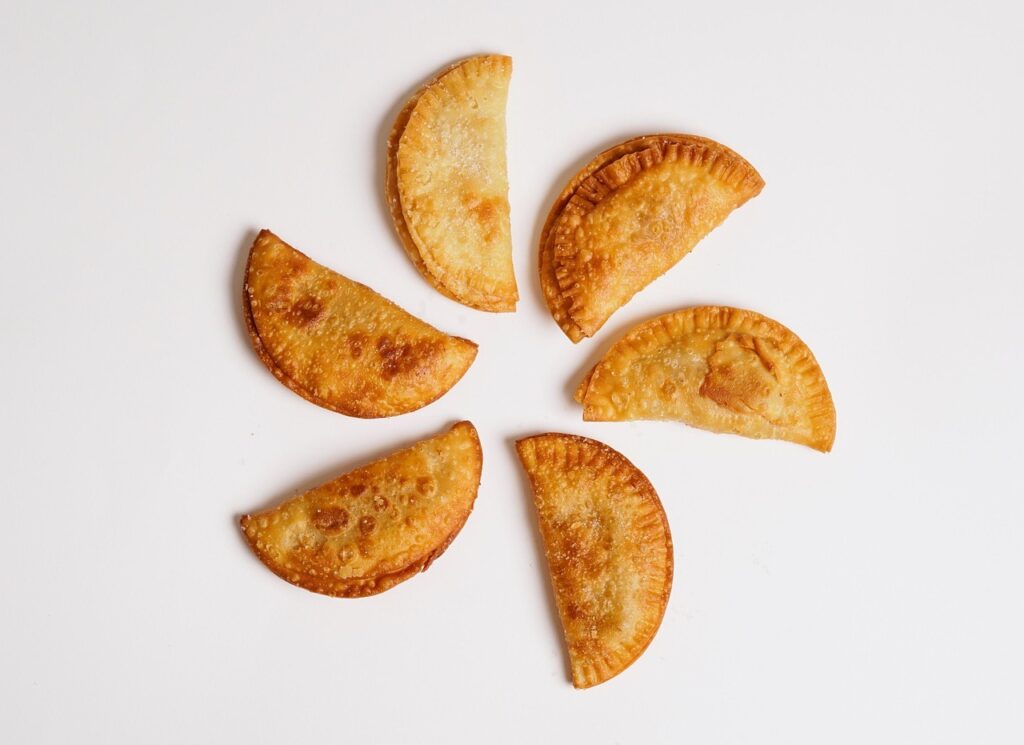
Farina was once a standard breakfast porridge, creamy and filling, made from ground wheat. Generations grew up with bowls of farina sweetened with sugar, cinnamon, or fruit. It represented an era when breakfasts were slow-cooked and meant to last through the day’s work. However, its decline came with the rise of instant oatmeal and other quick cereals that required little preparation. Farina still lingers in some households, but it has largely been overshadowed by more modern convenience foods.
7. Scrapple

Scrapple tells the story of resourcefulness. A product of Pennsylvania Dutch kitchens, it was made from leftover pork scraps combined with cornmeal and spices, then shaped into loaves and fried into savory slices. It was never glamorous, but it was practical, nourishing, and uniquely flavored. While still loved in certain regions, scrapple’s strong taste and unusual origins limited its appeal nationwide. As breakfast grew more standardized, scrapple remained a cultural holdout rather than a mainstream dish.
8. Buckwheat Pancakes
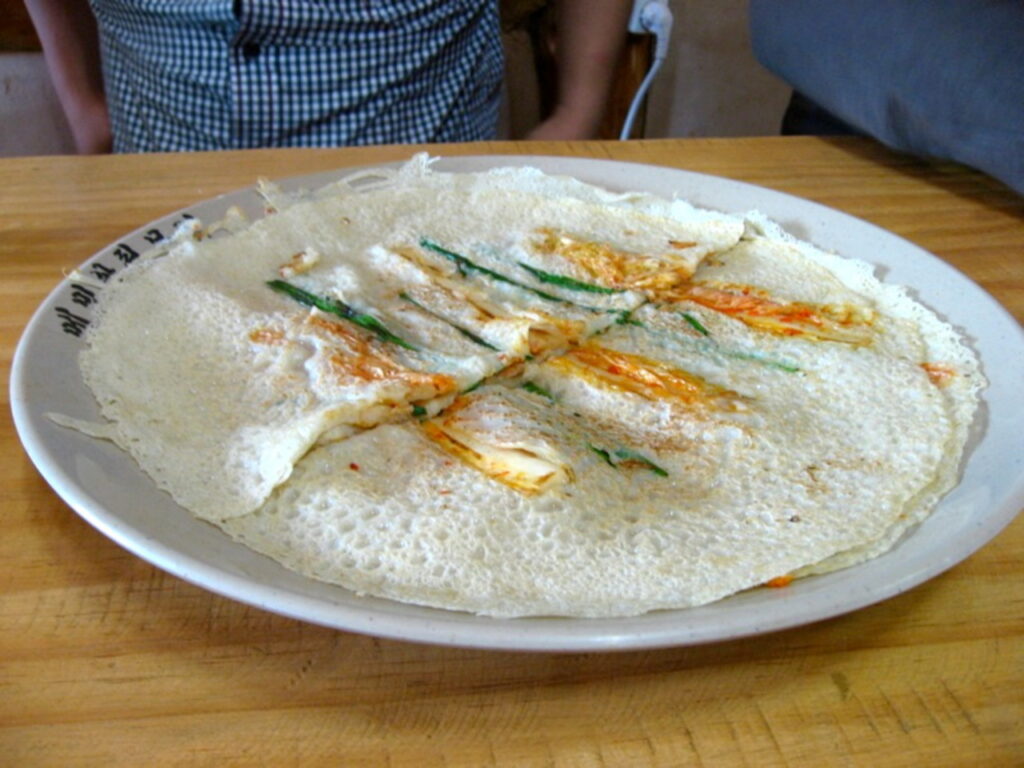
Hearty and nutty, buckwheat pancakes were once a common breakfast in farmhouses and rural towns. Buckwheat flour offered a more robust, earthy flavor compared to the lighter wheat pancakes that later took over. They paired beautifully with butter, molasses, or maple syrup, delivering energy for long workdays. Over time, lighter, fluffier pancakes became more appealing to the general palate, pushing buckwheat varieties to the sidelines except in specialty or regional cooking.
9. Kedgeree
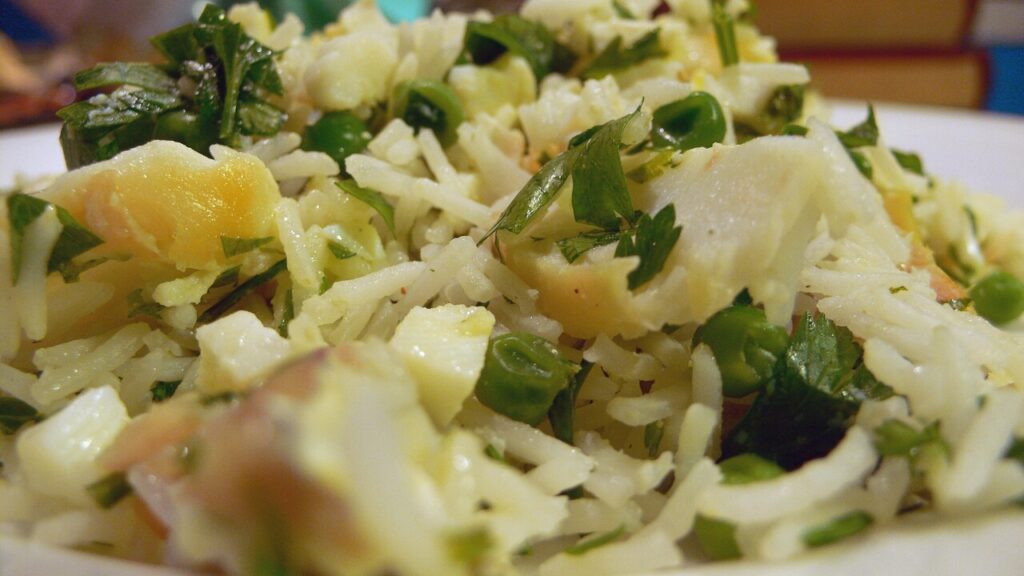
Imported from British influence, kedgeree was a dish of rice, flaked fish, and boiled eggs spiced with curry. In the 19th century, it found a place in American breakfast tables, particularly among wealthier families who embraced European culinary traditions. But its complexity and reliance on fish made it less accessible for the average household. As American breakfasts simplified to bacon, eggs, and toast, kedgeree became too elaborate and exotic to maintain its foothold.
10. Popovers
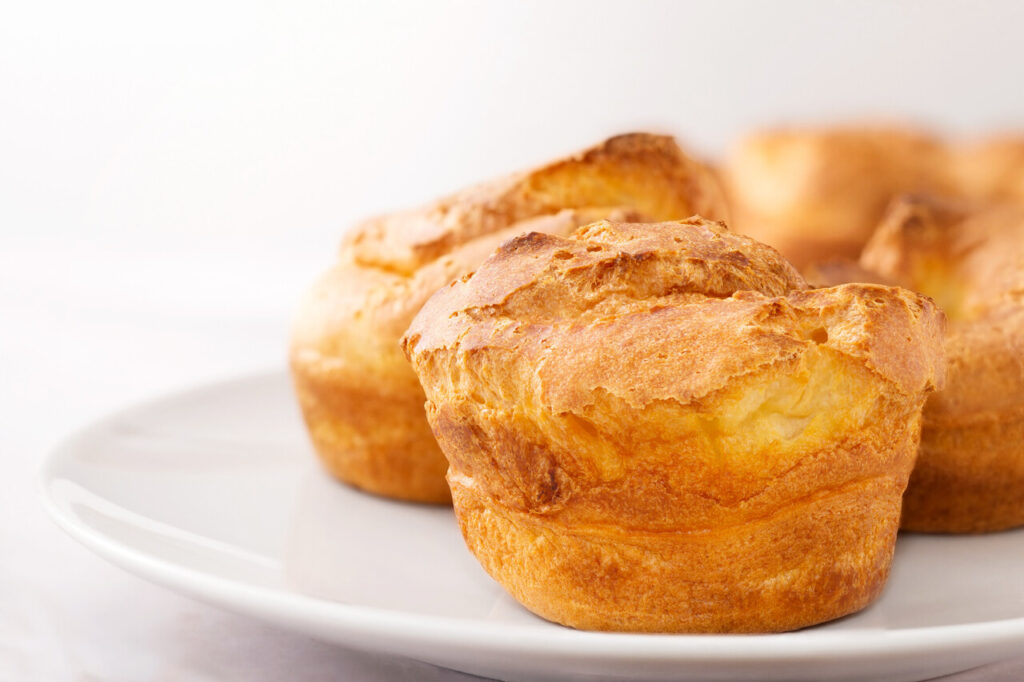
Light, airy, and hollow, popovers once graced breakfast tables as a treat that paired beautifully with butter or jam. Made from a simple batter of eggs, flour, and milk, they puffed dramatically in the oven, turning a few ingredients into something special. While beloved for their delicate texture, popovers were more time-consuming to prepare compared to biscuits, toast, or boxed cereals. Their fall from daily breakfast rotation reflects the broader shift toward speed and convenience.
11. Cornmeal Griddle Cakes
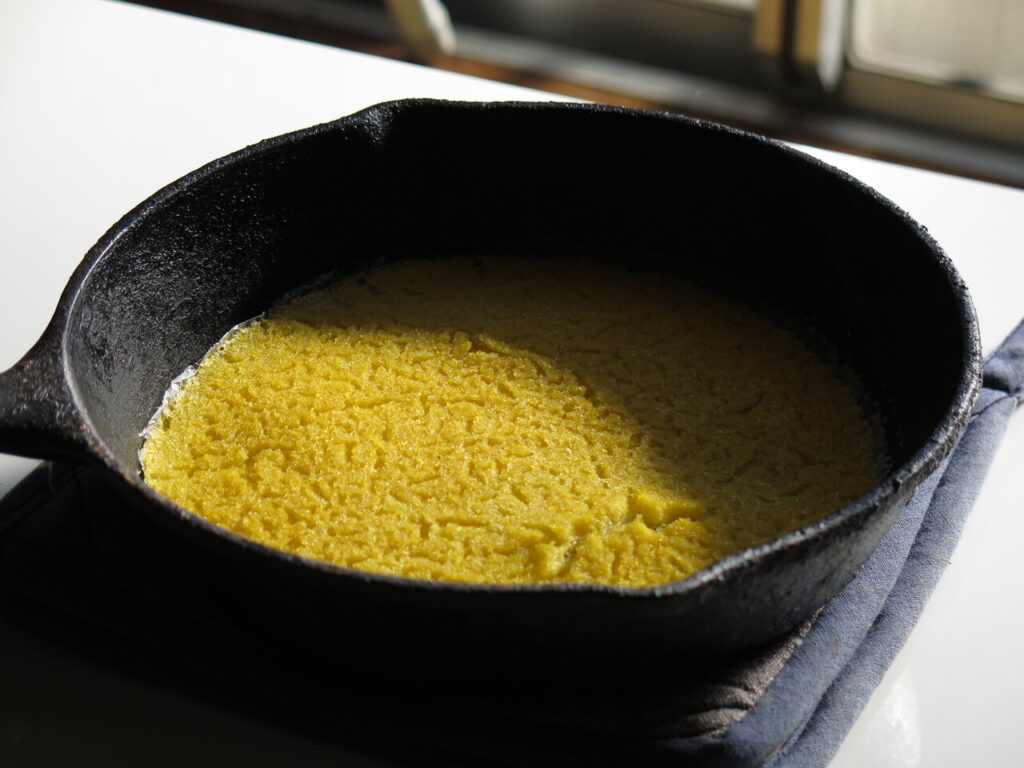
Cornmeal griddle cakes were an extension of America’s reliance on corn, especially in the South and Midwest. These cakes, cooked on hot griddles, were hearty, slightly gritty, and satisfying, often sweetened with syrup or served alongside savory meats. They reflected a time when cornmeal was a staple in nearly every pantry. Over time, lighter pancakes made from refined flour became more fashionable, leaving cornmeal cakes behind except in traditional or regional recipes.
12. Rice Pudding for Breakfast
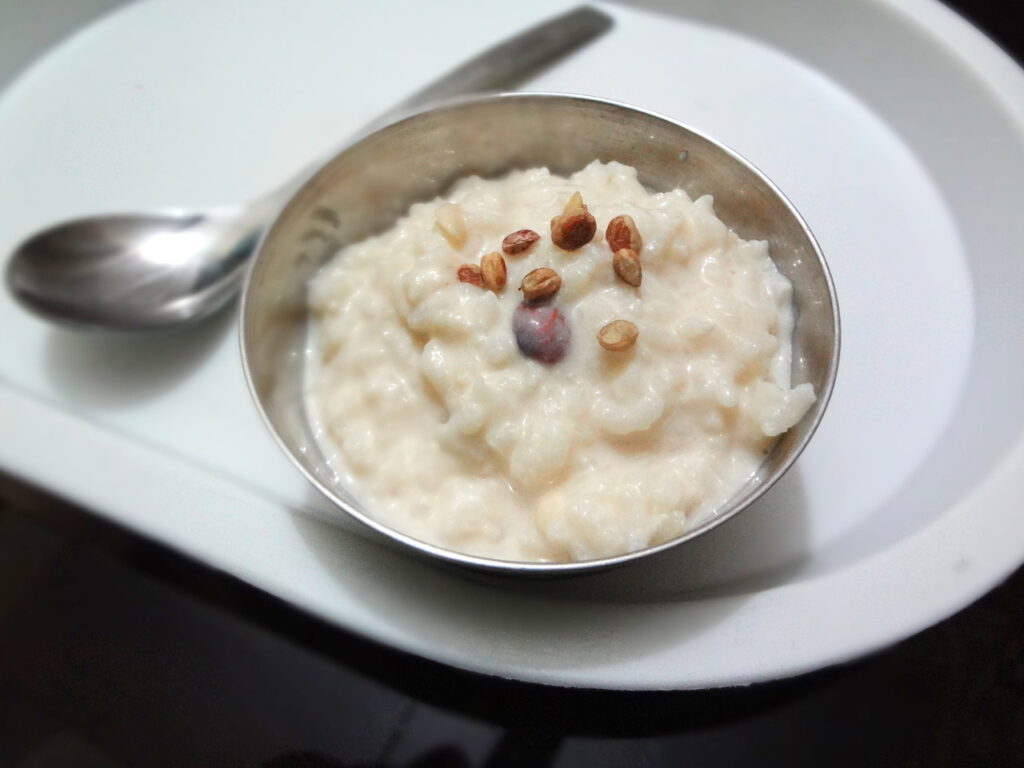
Rice pudding wasn’t just dessert; it once held a place as a warm and filling breakfast dish. Sweetened rice cooked in milk and flavored with cinnamon or raisins provided energy and comfort. Its presence at the breakfast table made sense in households where nothing went to waste, and rice could be repurposed into something nourishing. However, as breakfast evolved into quick, savory meals or boxed cereals, rice pudding slid into the dessert category and rarely returned to mornings.
13. Beer Soup
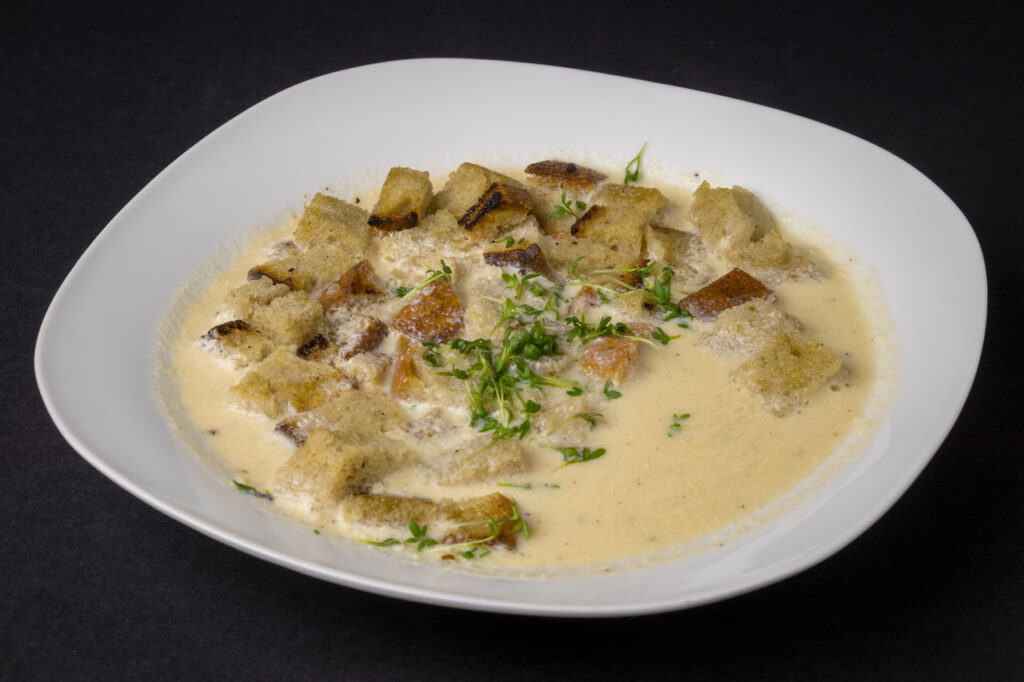
It may sound unusual today, but beer soup was once a common breakfast in Europe and even early America. Made with beer, cream, eggs, and flour, it provided a calorie-dense start to the day in an era when alcohol was a safer beverage than water in some communities. Over time, cultural attitudes toward alcohol and the rise of coffee and tea as breakfast drinks pushed beer soup into obscurity. Its hearty character, however, reminds us of a very different approach to mornings.
14. Milk Toast
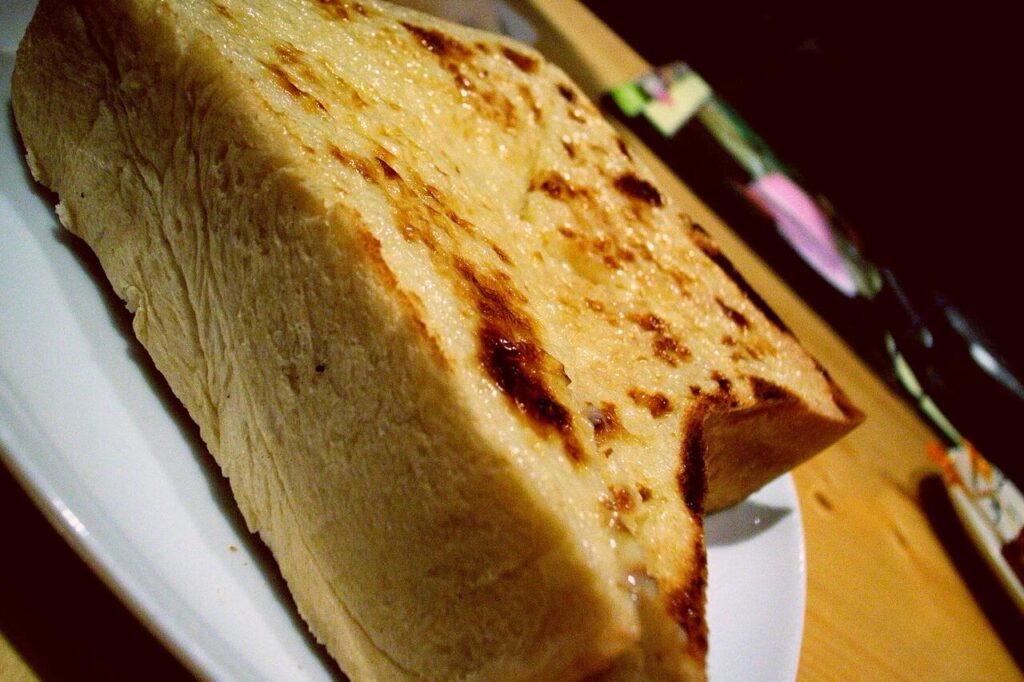
Milk toast was the epitome of comfort food. Toasted bread softened in warm milk created a gentle, easy-to-digest dish often given to children or those recovering from illness. It was simple, inexpensive, and familiar to many households well into the 20th century. However, as breakfast became associated with energy and variety, milk toast lost its appeal, being seen as bland or old-fashioned. Today, it lingers more as a nostalgic memory than a regular menu item.
